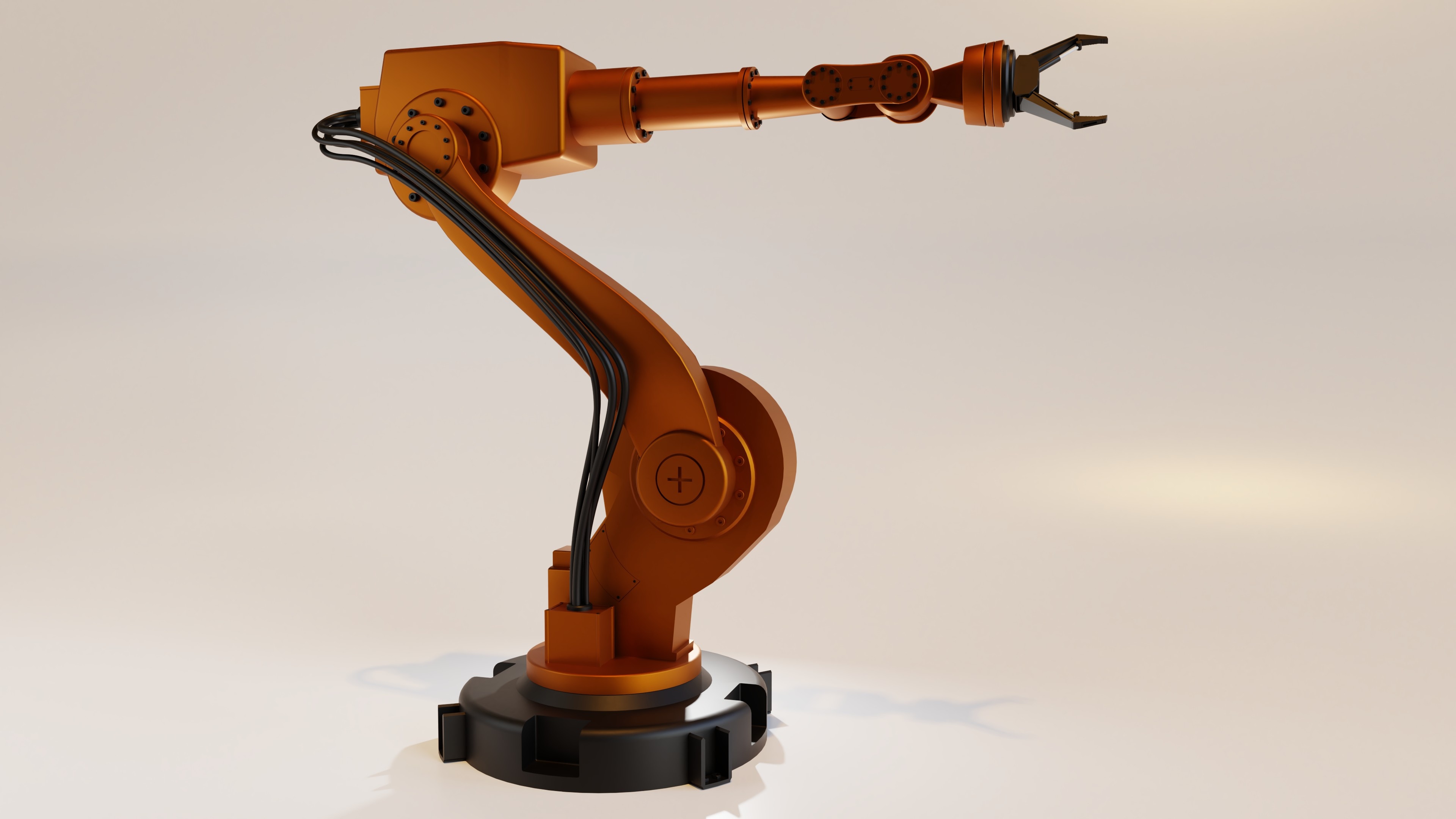January 15, 2024
How 3D Technology Helps Manufacturers Cut Carbon and Move Toward Net Zero
.jpeg)
How 3D Technology Helps Manufacturers Cut Carbon and Move Toward Net Zero
The Context
The UK aims to hit net-zero carbon emissions by 2050, and manufacturers will play a big part in whether that target is met. Over 80% of manufacturing businesses now cite sustainability as a top priority (Confederation of British Industry).
Most efforts start on the production side — more efficient machinery, greener materials, renewable energy. But sustainability doesn’t end on the factory floor. Traditional sales and marketing often leave a bigger footprint than people realise: printed materials, trade show shipping, product transport, and staff travel all add up.
Manufacturing and Carbon Emissions: The Key Stats
- Manufacturing contributes around 12% of the UK’s total carbon emissions (Climate Change Committee).
- The sector accounts for 20% of total UK energy use (Gov).
- Digital transformation can cut greenhouse gas emissions by up to 25% (World Economic Forum).
- Using 3D tools and digital configurators can reduce physical waste by up to 90% (Ellen MacArthur Foundation).
- 80% of consumers now consider sustainability in buying decisions (Deloitte).
- Sustainable practices could save UK manufacturers £9 billion annually by 2030 (McKinsey).
Where 3D Technology Fits In
With MarTech3D | Engine, manufacturers can replace some of the most resource-heavy marketing activities with digital alternatives that don’t sacrifice impact.
Fewer Physical Samples, Lower Carbon
3D product models and images eliminate the need to ship demo units or printed brochures to events. Everything runs digitally on a touchscreen — fully offline, so no need for expensive venue Wi-Fi.
According to the Carbon Trust, virtual events emit up to 99% less carbon than physical ones.
Interactive Digital Twins
Instead of sending documents and prototypes, digital twins allow prospects to explore a photorealistic version of your product from any device. Research from the World Economic Forum shows that this kind of digital shift can reduce carbon emissions by 20% while improving sales efficiency.
Product Configurators That Reduce Waste
Allowing buyers to configure products digitally helps prevent overproduction and manufacturing errors. McKinsey estimates that digital personalisation can cut carbon footprints by up to 30%.
AR Product Viewers
AR product viewers let buyers see how machinery or equipment would fit into their own environment — no travel, no shipping, and no physical samples. PwC found that AR technologies can reduce travel-related emissions by 58%.
The Takeaway
Reaching net zero isn’t just about greener factories. It’s about cutting waste and emissions across every part of the business — including marketing and sales.
With MarTech3D | Engine, manufacturers can use everyday 3D product images and models to show, sell, and share their products more sustainably — saving both carbon and cost in the process.

